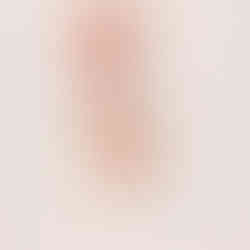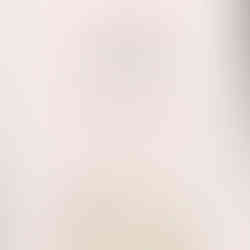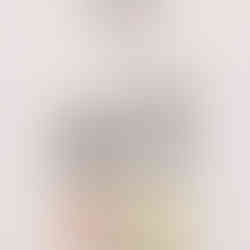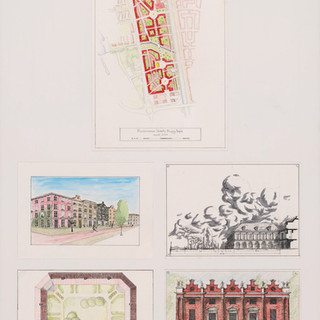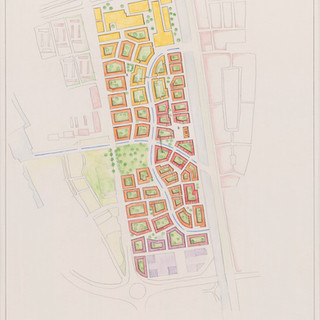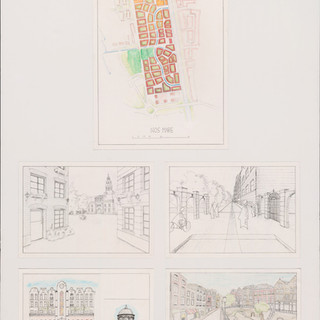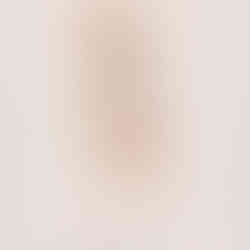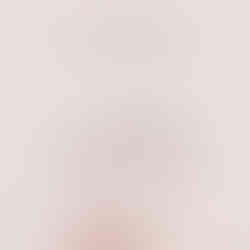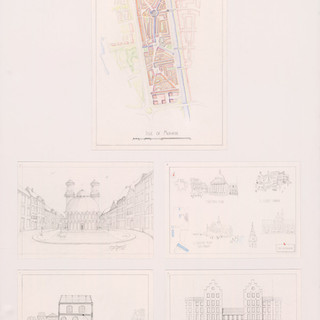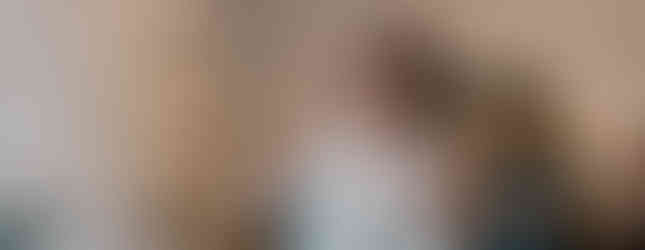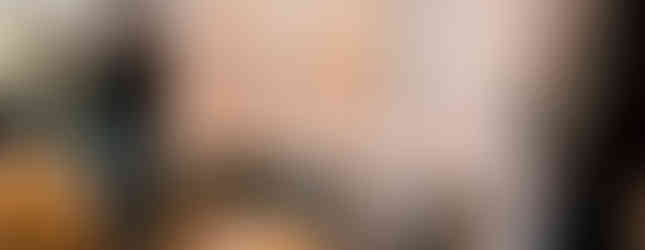Impressions of the second edition of the "Let's Build a Beautiful City" summer school
- Vincent Veneman
- 22 sep 2023
- 7 minuten om te lezen

Given the international character of the summer school, this blogpost is written in English.
Photos: Ruben Hanssen. Text: INTBAU / Vincent Veneman. Pictured above: class of '23
This year saw the second edition of the "Let’s Build a Beautiful City" summer school held in Utrecht from 17 July to 3 August 2023, organized by the Traditional and Classical Architecture and Urban Design Stichting in collaboration with INTBAU Netherlands. This three-week programme brought together 25 talented students from 11 countries.
This blogpost is a comprehensive report on this years' summer school activities. Please scroll down to find out more!
A Quick Recap
The "Let's Build a Beautiful City" summer school answers to the resurging interest in the principles of classical and traditional design in architecture and urbanism. Our core belief is that beauty and time-tested design principles facilitate durability and well-being. Dutch cities offer a lot to learn from, hence our delight in giving the students a properly immersive experience at our location in Utrecht's historic city centre.

The curriculum is put together in such a way as to lay the foundations for further study, since three weeks are barely enough to cover the very basics. We accept students of various levels and backgrounds and made sure to have plenty in store for everyone, from beginners to more advanced students.

The course features lectures, site visits and design work. Students are guided by renowned architects, academics, and urbanists from the Netherlands, as well as visiting tutors from INTBAU’s international network and fellow summer school programmes.

The course content is varied and engaging, with tutors delivering lectures on urbanism, urban design, sustainability, classical and traditional architecture, and traditional building methods. All work is done by hand: students have the opportunity to improve their sketching and drawing skills with studio exercises and site visits to specific buildings in and around Utrecht, Amsterdam, and this year even a trip to Belgium's summer school near Bruges.

This year's final student project was to propose an alternative for the so-called 'Merwedekanaalzone', a large development site within Utrecht, not too far from the summer school location. Complementing the various individual exercises within the curriculum, the students were encouraged to work together to create and exhibit a masterplan for an urban housing development complete with urban design, blocks, house facades, a public building and details.

The experience of our first edition in 2022 gave us the opportunity to improve on this years' edition. Likewise, we are looking to further refine our programme for subsequent editions with help of the gained experience. From here, onwards and upwards!
Student Reflections and Experiences
Read about the experiences of Mrudula Mangalkar (IN) and Drin Lolja (AL) here:
Juliana Knot (US) wrote this article about here experiences:
‘Draw. Don’t Talk.’
The task given to the Let’s Build a Beautiful City” School students was this: design a city which needs no explanation. The city of Utrecht plans to revamp a former industrial site, the Merewedekanaalzone, just outside the city center.
Its 50-plus-page proposal calls for a series of modern high rises, scattered across the plot with wide public spaces in between. Open to all, belonging to none, these spaces will likely sit unused, like the existing attempts at the southeast end of the Merewedekanaalzone.
Likewise, the proposed buildings, rendered in that dense document, would fare worse in real life. Wear and tear would only bring tarnish, not patina. Despite the hopes elaborated in the city’s masterplan, the Merewedekanaalzone will be a dreary place to live.

Our final project then was to draft a better plan. We were the second year of the “Let’s Build a Beautiful City” Summer School, a three-week intensive on traditional architecture and urbanism. Students had to acknowledge what the plan did well and depart where it mostly did not, returning to beauty, livability and human-scale as first principles.
This did not require us to be geniuses — or even professionally trained. In fact, most of my classmates were not architects or urbanists by trade. Instead, over the span of the first two weeks, teachers reminded us of a few foundational points from historic architecture: acknowledge the local climate and culture, pay attention to proportion, create ornamentation, and design streets and buildings for people first. We didn’t have to chart our own path, but return to one forgotten.
As we broke into their groups and began planning, one instructor circled their tables and reminded us, “Don’t talk. Draw.”
Good advice, like good design, is usually familiar. Writers are encouraged to “Show. Don’t tell.” Politicians tout “speaking softly and carrying a big stick.” Pictures are worth a thousand words, silence is golden and talk is cheap. In kitschy phrases, there seems to be a consensus. Substance matters more than chatter.
Although the instructor, architect Mieke Bosse, gave this advice first with the hope of breaking deadlock and kickstarting ideas, she and other teachers made it clear that “Don’t talk. Draw” has another dimension. Beautiful architecture is intuitive. It speaks on its own accord. We could not hide behind four-syllable words when presenting facades and street plans. The buildings and streetscapes needed to prove themselves.
This sets it apart from most modernist projects, which come with small essays in tow. Without beauty, modern architects take pains to justify their work, describing in detail the so-called “tensions” their work balances, the “narrative themes” the building incorporates and the “complexities” it navigates. These modern buildings can do all kinds of metaphorical gymnastics, per their designers, but they aren’t pleasant places to live, work and shop.
Several decades into modern buildings’ lives, it becomes apparent how thin this foundation of hand waving is. The buzzwords used lose their clout. New modernist sensibilities demand even more novelty.
Indeed, this is already the fate of some buildings in the Merewedekanaalzone, which were constructed in the 1980’s and 90’s and are scheduled to be demolished. The city-proposed redesign ignores this, points to its dozens of pages of defense and insists that this time it will be different.
When my classmates set their pencils to paper, they did so knowing that what they drew would have the final say. We might still need to explain a function or a feature, but if the end of the project were ever unclear, if we lost sight of making this city beautiful, no words could make up for it.
My classmates did well. With beauty as the aim, the different groups created five elegant solutions for the Merewedekanaalzone. They were consistent with the city’s vernacular. In the five hand-drawn plans alone, our class said far more than that dense packet could.

Consistently, when traditional architects have pitched their proposals against modernist ones, the public opts for the traditional design. I have little doubt that my classmates’ work on the Merewedekanaalzone would likewise hold up against the city’s current proposal.
Drawing, not talking, rules the day. The work showed the difference.
A Day at the Castle
Our Belgian collegues of 'La Table Ronde d'Architecture' just hosted the 6th edition of their summer school in traditional architecture and crafts. Thanks to their efforts, both summer schools were able to meet up on a day full of wonderful festivities at castle Bellem, near Bruges, home of the Belgian summer school.

Photo: Melissa van Doorselaer
Not only did the Belgian students present their wonderful work (all drawn exclusively by hand, just like the Beautiful City summer school) for a renowned jury in a final presentation, students of both summer schools could enjoy each other's work and work of previous summer schools in an impromptu exhibition at the castle.

All students, tutors and other guests were treated with a luscious lunch in the castle's orangery.

Photos: Ruben Hanssen
All in all, a very memorable july 29th. A unique occasion, to have so many like-minded professionals and students in one place!

Photo: Jonathan Weatherill
A Team Effort: Final Presentations
Each of the five student groups presented their unique alternative plan for the 'Merwedekanaalzone'.

Group 'Merwedekade': Leonneke, Martin, Michael, Tom and Mrudula
(click to enlarge)

Group 'Harmonious Streets Happy People': Drin, Nathan, Joseph and Nejla
(click to enlarge)

Group 'Nos Mare': Ella, James and Yasmine
(click to enlarge)

Group 'Isle of Merwede': Will, Bridget, Stella and Patrick
(click to enlarge)

Group 'Arcus Agora': Christoph, Marco, Noah, Daniel and Henry
(click to enlarge)
Testimonials
Testimonials from students Yasmine Melis (AU), Mrudula Mangalkar (IN), Leonneke Elzenga (NL) and Noah Tang (US), filmed at the summer school classroom location.
Aftermovie
Thanks to the multimedia talent and efforts of Ruben Hanssen, we're able to share the most wonderful footage and photos from our summer school with you:
Lecture & Workshop Teachers of the Summer School
Jaap Evert Abrahamse (NL) History of Dutch Cities
Robert Adam (UK) 'Time and Architecture'
Final Review Jury Member
Mieke Bosse (NL) Building Projects in Gorinchem
Measured Drawing
Studio Instructor
Nicholas Boys Smith (UK) Why Beauty Matters in Cities
Patrick van Buijtenen (NL) The work of Mulleners+Mulleners
Studio Instructor
Robert Cox & Conor Lynch (UK/IE) Perspective Drawing
Measured Drawing
Mathias Delrue (BE) Development of 'Heulebrug'
Michael Diamant (SE) Urban Planning
Flavio Díaz Mirón (MX) Genius Loci; Spirit of Place
Studio Instructor
Peter Drijver (NL) History of Urban Design
Dutch Classicism
Final Review Jury Member
Nadia Everard & Noé Morin (BE) Counter-Projects in Belgium
Alejandro Garcia Hermida (ES) Traditional Building Materials
Ruben Hanssen (NL) Urban Planning
Studio Instructor
Joseph Jutras (CA/NL) Urban Planning
Tanja van der Knoop (NL) 'Blooming Buildings'
Lew Oliver (US) The Work of Lew Oliver, Inc.
Maria Sanchez & Pedro Godoy (GT) Development of 'Cayala'
Final Review Jury Members
Vincent Veneman (NL) Classical Orders: Design Fundamentals
Proportion in Classical Building Design
Measured Drawing
Dominique Vermeulen (NL) Traditional Urbanism
Pieter Vlaardingerbroek (NL) Classical Orders in Dutch Design
Jonathan Weatherill (UK/IT) Traditional Urbanism in Practise
Staff
Staff of this years' edition:
Stichting TCAUD
Joseph Jutras (chair)
Ruben Hanssen (treasurer)
Alexander van Tuyll (secretary
INTBAU Netherlands
Mieke Bosse (chair)
Vincent Veneman
INTBAU Mexico
Flavio Díaz Mirón
Sponsors
A big 'thank you' to all our sponsors, without whom this summer school would not have been possible to realize.

INTBAU https://intbau.org
Vandersanden https://www.vandersanden.com/nl-nl
Wij Bouwen Brandevoort https://wijbouwenbrandevoort.nl/
Cedrus Vastgoed http://www.cedrusvastgoed.nl/
The Aesthetic City https://theaestheticcity.com/
Steencentrum Utrecht https://steencentrum-utrecht.nl
Scala Architecten https://scala-architecten.nl
Fijne Stad | Peter Verschuren http://www.fijnestad.nl
Mulleners+Mulleners https://www.mulleners.nl
Hetland Vastgoedontwikkeling https://hetland.squarespace.com/
Architectenbureau Vroom https://vroomarch.nl
TWA Architecten https://www.twa-architecten.nl
Architectenbureau Visser en Bouwman https://visserenbouwman.nl
Lucy Lynch Architect https://www.lucylyncharchitect.com
Blooming Buildings https://www.bloomingbuildings.nl
More Info about the Summer School:
Visit www.beautifulcity.nl
More Photos!


